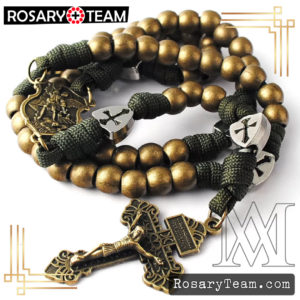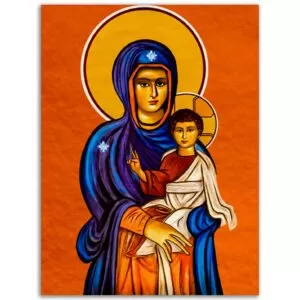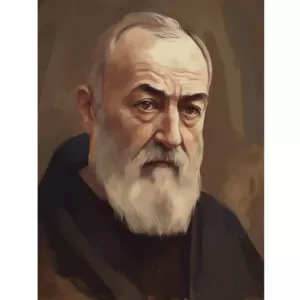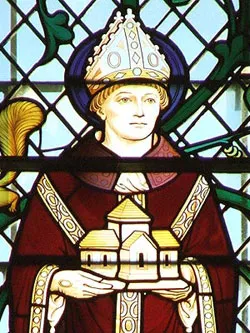St. Leo III, Pope
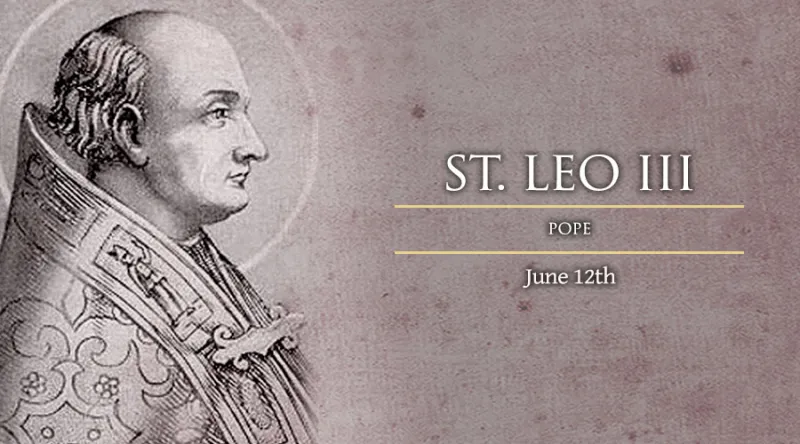
 St. Leo III, Pope
St. Leo III, Pope Feast date: Jun 12
(December 26, 795 – June 12, 816)
Leo came from a modest family in southern Italy. He was elected to the office of St. Peter unanimously by the clergy of Rome following the death of Pope Hadrian. The papacy had dramatically changed over the 8th century, and many Pope’s had separated themselves from the protection the Byzantine emperors and their governors in Ravenna. Pope Stephen II had, in 754, sought the support of the Frankish king Pepin to defeat the invading Lombards. The pope would receive from Pepin the lands formally conquered by the Lombards, therefore creating the Papal States. The Lombards remained, and Leo soon found that he had other enemies within Rome, many of the aristocratic families of the city including relatives of the late Pope Hadrian who accused the pope of perjury and adultery.
On April 25, 799, Leo was attacked while riding in a procession by a gang who sought to cut out his eyes and tongue. While Leo survived the attack, he was arrested by his enemies, deposed as pope and imprisoned in a monastery. Leo managed to escape north to the Franks, who refused to accept the deposition. Leo was escorted back to Rome where the Franks began an investigation both of the charges against the pope and the attack upon his person. The emperor Charlemagne arrived in Rome in November 800 to review the charges in solemn council. The emperor stated that no one on earth could judge the Apostolic See, but he accepted the pope’s statement of innocence after Leo took an oath purging himself of all charges on December 23rd.
At Christmas mass at St. Peters some two days later, Leo crowned Charlemagne as Holy Roman Emperor, giving Charlemagne equal status with the Byzantine emperors in Constantinople. This relationship provided protection for the Holy See and allowed Leo to administer the Papal States, bestowed several decades earlier by Pepin. However Charlemagne extracted a high price for his support, often interfering in the work of the church and expecting Leo’s tacit approval in all things. Leo began a building program in Rome, restoring and embellishing churches. A great apse was added to Santa Susanna and a magnificent Byzantine mosaic was installed in the apse, depicting both Leo and Charlemagne. Leo died on June 12, 816 and was buried in the old Constantinian basilica of St. Peter. Leo is listed as a saint based on the miracle of his restored eyes and tongue, following the attack on his person in 799, his feast day is June 12.
Saint of the Day – rosary.team





